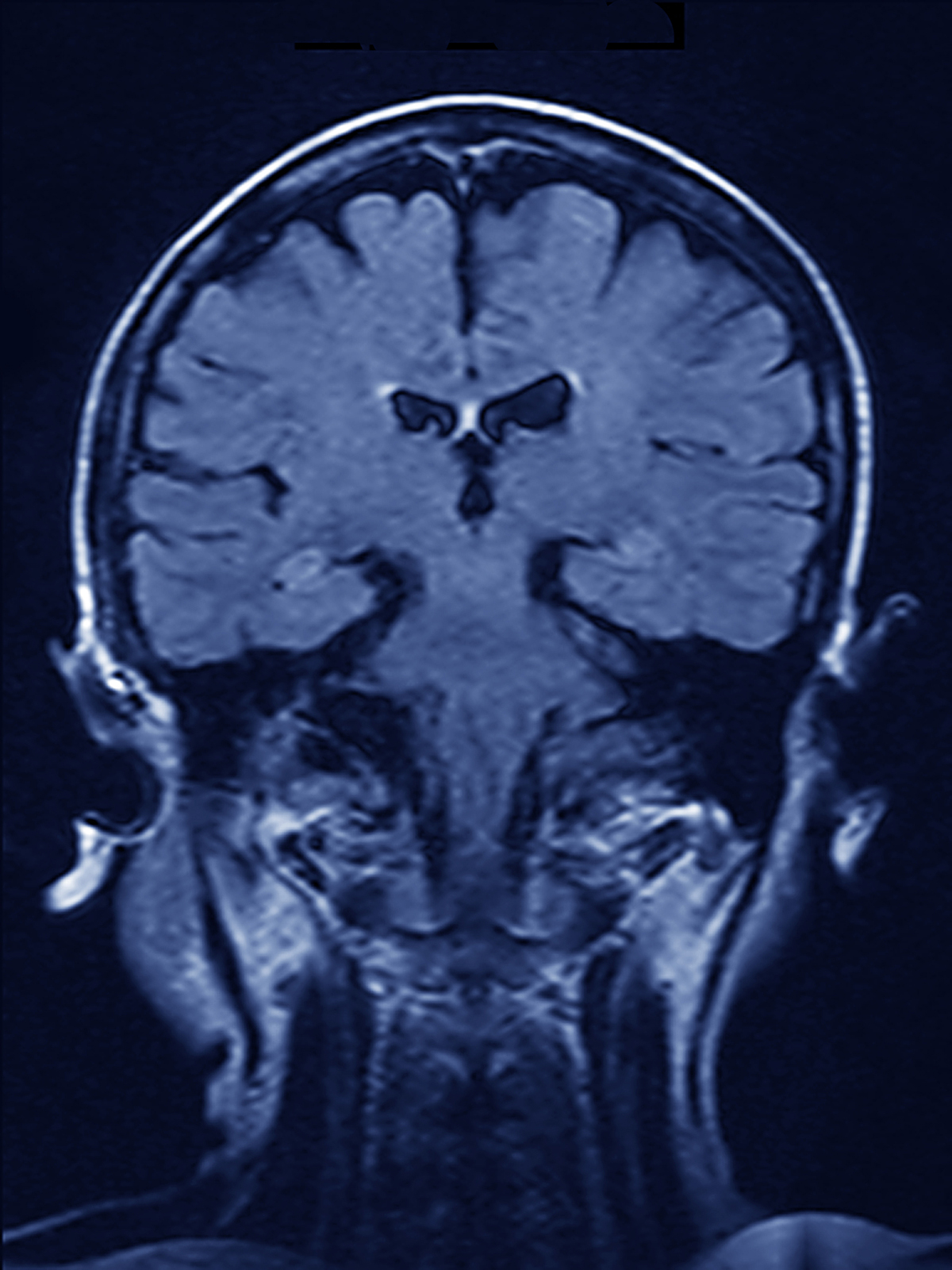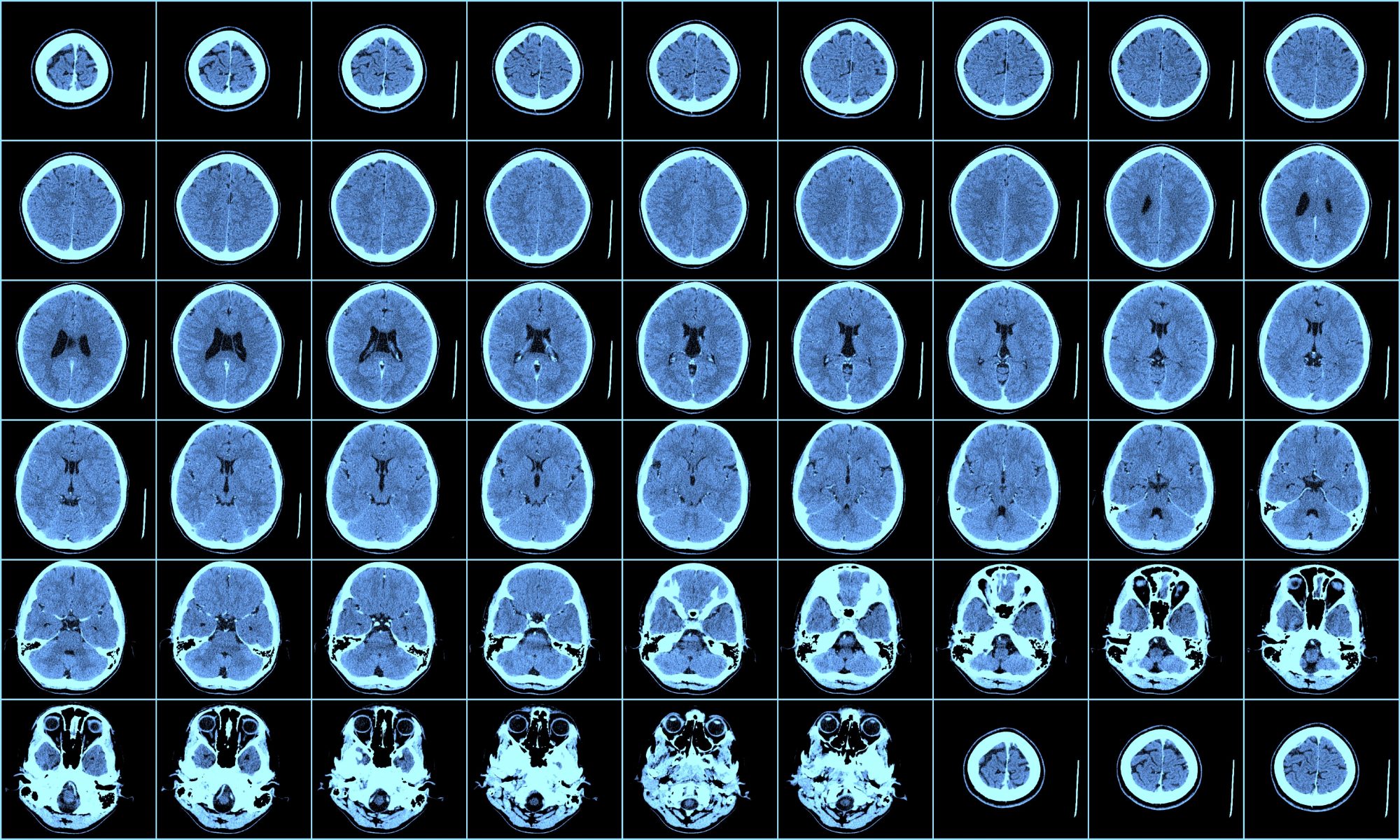Associate Professor Ken Tachibana explores how the effects of nanoparticles on the environment and human body, particularly that of a developing brain, have been left largely unexamined
The biological development of a human is an extremely complex and delicate process. It starts from fertilisation and continues until long after birth. The creation and development of the brain is particularly complicated and susceptible to disruptions to its progression. The primary cells responsible for the development of the brain are the neural stem cells. These are a broad class of cells that can differentiate into the wide range of cell types that form the adult brain. To achieve this complex process, different cells need to undergo a range of gene expression changes at the right time. This is delicate and its disturbance is a key cause of pathology in a wide range of diseases.
There are many external factors that are known to disrupt neural development however, there are several common chemicals whose effects remain largely unknown. One such group are broadly described as nanoparticles. These are small particles that are being increasingly used by many industries as they can help in the creation of products with better properties. However, their effect on the environment and the human body, particularly that of a developing brain, have been largely unexamined.
The effects of nanoparticles on neural development
We are delving further into the effects of nanoparticles on neural development. The starting point for this work was discovery of our laboratory that mothers exposed to nanoparticles were more likely to have children with altered brain morphology and related pathologies. This effect seemed to be mediate by chronic inflammation in parts of the foetal brain. However, to truly understand how to prevent the danger associated with these nanoparticles, we needed to understand how they affect neural development. We theorised that the effects of nanoparticles on gene expression could be derived from epigenetic gene regulation. Epigenetics is a branch of the genetic sciences that concerns heritable factors that are not directly encoded for in DNA sequences. Whilst these phenomena are heritable, they can also change during the life of a person and play a key role in the development of a human. DNA methylation is one such change whereby the bases cytosine can be methylated. Methylation in promoters can result in repressing gene transcription, which is the first step towards the production of proteins that affect the cell physically.
Our project will explore the methylation state of neural stem cells at various different points of development when exposed to a variety of nanoparticles. The methylation state of DNA changes heavily during development, however the wrong changes at the wrong time can lead to the wrong genes being expressed. This, in turn, would result in abnormal development and associated pathologies. At the same time, chronic inflammation has been associated with DNA methylation in other contexts. Chronic inflammation, of course, is one of the results of nanoparticle exposure as shown by several groups previously. Our project has been highlighting whether there are any significant changes to DNA methylation following exposure to nanoparticles and the subsequent inflammation.

Changes in gene expression
Whilst the DNA methylation state will be examined, it is also essential to show the link between this methylation and changes in gene expression that are related to abnormal neural development. Therefore, in our parallel branch of the project, we monitoring gene expression changes. This will highlight which genes are being impacted and at which stage of the development process. This data will be combined with the DNA methylation data as well as with that attained from histology and microscopy conducted on tested neural stem cells.
There are multiple techniques that our team will employ to answer the key biological questions of the project. The first step will be exposing pregnant mice to nanoparticles via inhalation. The developing mouse brains will be extracted and analysed using a few different methods. DNA will be extracted, and methylated DNA selected using proteins that bind exclusively to such DNA. These DNA fragments can then be sequenced on massive scale. Next, genes that show a difference will be targeted for gene expression analysis. This will be done by extracting the RNA and conducting microarray analysis and reverse-transcription PCR. This will show whether methylation changes are always leading to gene expression changes. After this work is conducted, the project seeks to understand the interaction between chronic inflammation and abnormal DNA methylation in the context of neural stem cells by conducting cell line work. Finally, these two branches will be linked together in the final steps of the project where we will look to hone in on the most relevant neural stem cell types and brain regions where changes are seen in mice.
The project will gather a multitude of data, particularly concerning gene expression and DNA methylation state. These vast datasets will contain rich information concerning how the cells are responding to the presence of the nanoparticles. If properly exploited, we can find definitive answers as to the nature of the developmental changes the cells undergo and therefore, how they may be prevented to make nanoparticles safer. However, it takes expertise to fully unlock the potential within such datasets. We are expecting to have to conduct complex bioinformatic analyses to understand how phenotype might be affected by nanoparticle exposure. Therefore, we have obtained the support of researchers who have significant bioinformatic analysis experience.
Encouraging the understanding of brain development
Our research would have many important outcomes. Firstly, it will contribute to our understanding of brain development and how that can be modified by different chemicals present in our environment. This will be key to understand various pathologies and creating methods to prevent or handle them. In addition, it will also inform how we evaluate the safety of novel products and of our environment in general. It will help in the development of new tests and standards for the presence and use of nanoparticles. The impact of this isn’t just limited to humans. If nanoparticles affect the brains of mice and humans, they can likely affect the development of many different animals. This means that the results that our team uncover can even help protect the environment in the future.
Please note: This is a commercial profile.
© 2019. This work is licensed under CC-BY-NC-ND by a 4.0 license.











